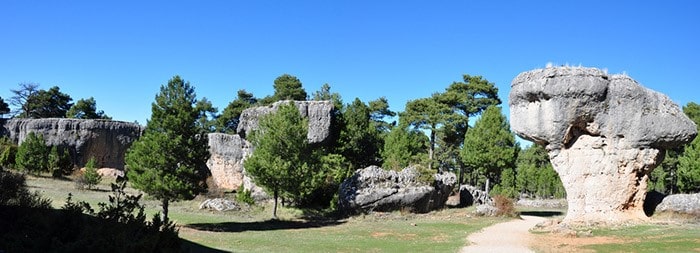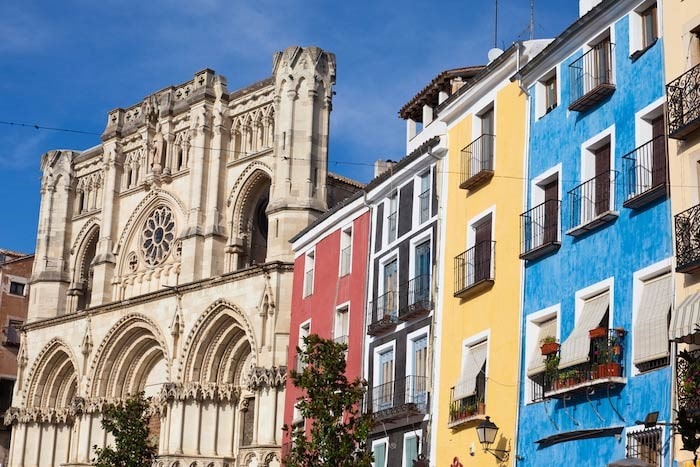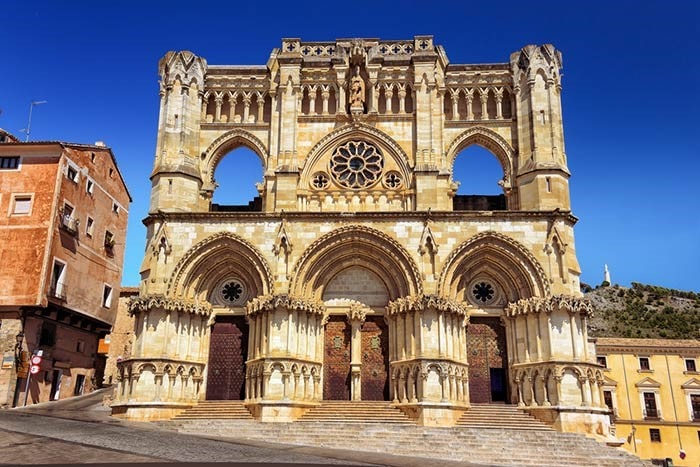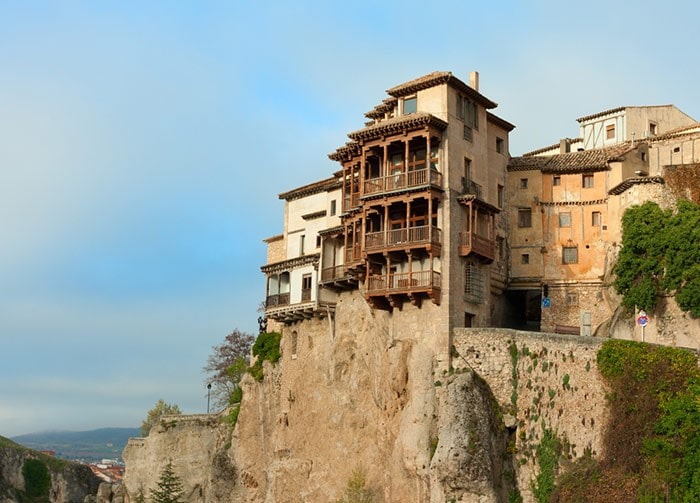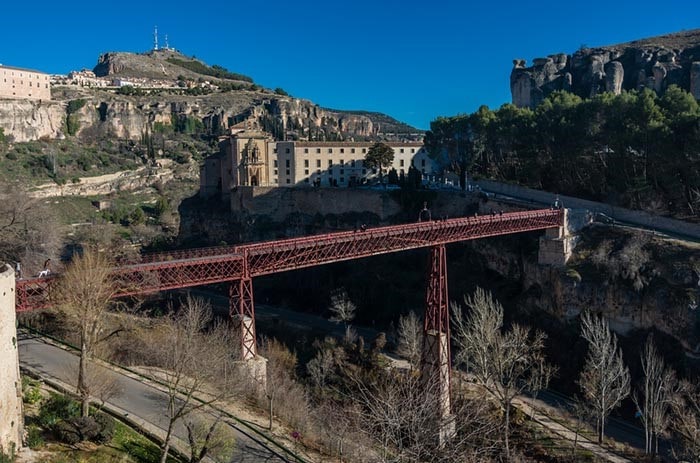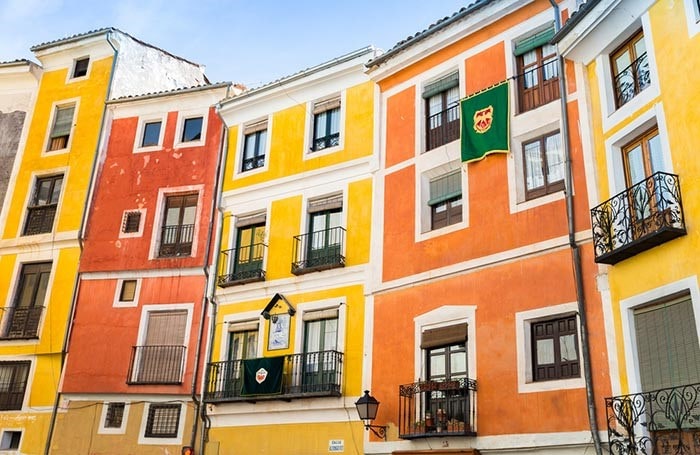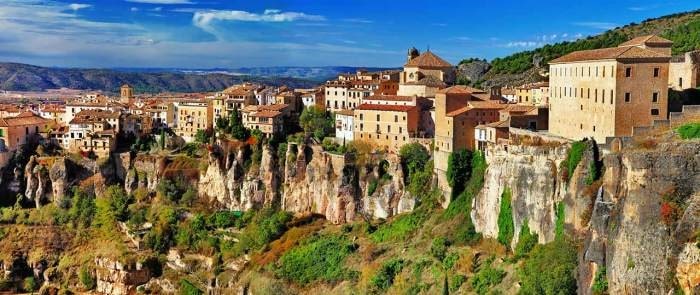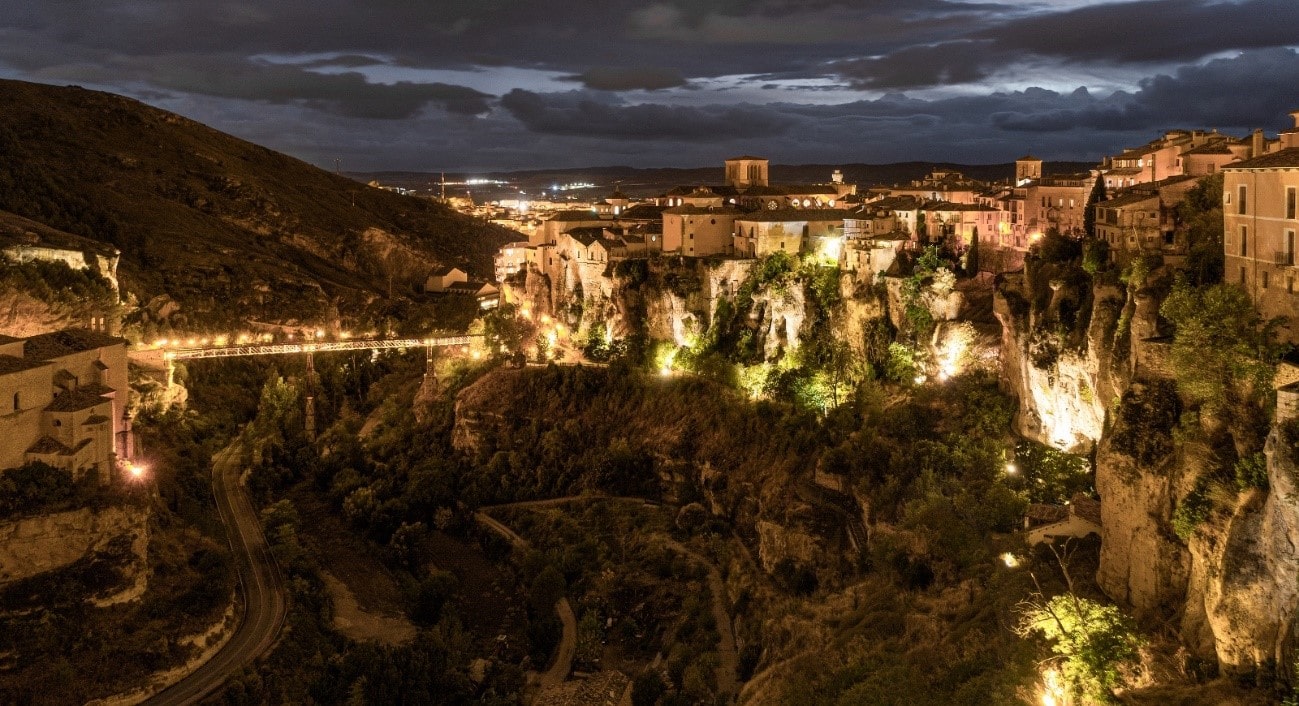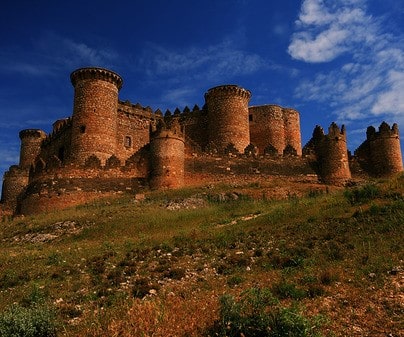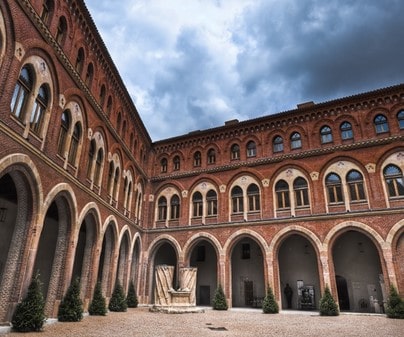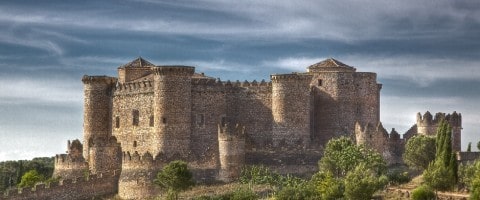Tour: Cuenca-Ciudad Encantada-Castle of Belmonte
WHAT TO VISIT?
Typical restaurants
Mesons with centuries of history and food houses dot the historic center with flavor where you can taste some tasty and forceful recipes: zarajos, morteruelo, alajuz… And you can also enjoy a Michelin guide restaurant in Cuenca, as in any of the provinces of Castilla La Mancha, the best of classic and avant-garde cuisine.
Accomodation
Small hotels with charm, charming tourist apartments or a cell in the convent of San Pablo, today converted into one of the best Paradores in Spain. The offer is extensive and for all tastes.
Souvenirs
Ceramics and resolí, a typical liquor of the city. Or better yet, the souvenir par excellence: the houses hanging in ceramic filled with resolí.
In the Serranía de Cuenca Natural Park you can find the well-known “enchanted city” which is a place with rocks with figures that allow the imagination to see animals and objects.
